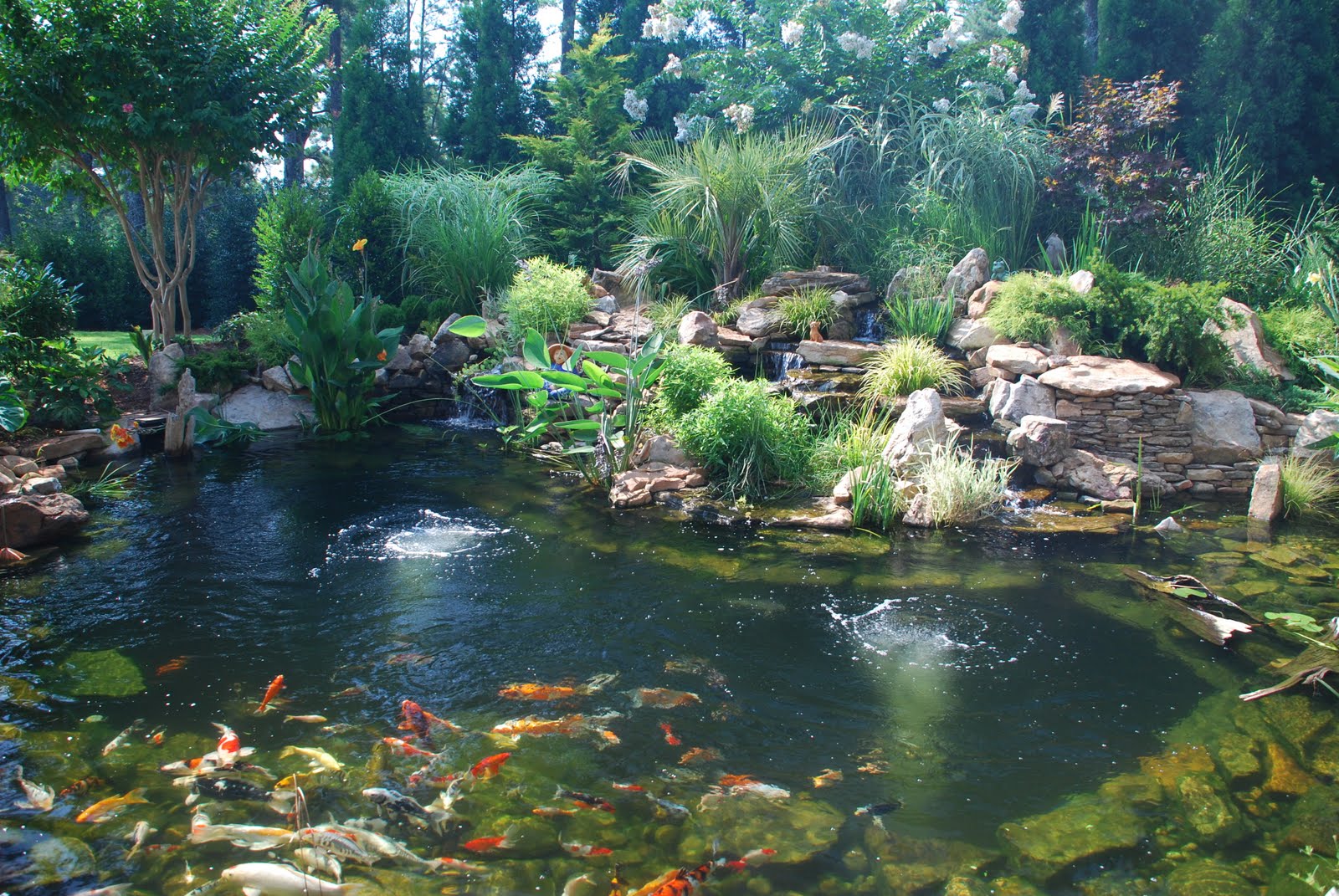
What Depth Should a Koi Pond Be? Everything You Need to Know
Introduction
Koi ponds are beautiful additions to any backyard or garden. They not only enhance the aesthetic appeal of your outdoor space but also provide a peaceful and tranquil environment. If you’re planning to build a koi pond, an important consideration is the depth of your pond. In this article, we’ll discuss everything you need to know about koi pond depth. Let’s dive in!
Factors to Consider When Determining Koi Pond Depth
Before we answer the question of how deep should a koi pond be, let’s take a look at the factors you need to consider when determining the ideal pond depth. The following are some of the key factors you should keep in mind:
1. Koi Fish Size and Type
The size and type of koi fish you plan on keeping will have a considerable impact on the depth of your pond. Smaller koi fish can thrive in shallower waters, while larger koi will require deeper water to swim comfortably. Moreover, certain koi fish types, such as the Butterfly Koi and Longfin Koi, have longer fins that require a deeper pond to avoid injury.
2. Pond Volume and Surface Area
Another essential factor to keep in mind when determining koi pond depth is the volume and surface area of your pond. It’s best to provide enough water for your koi fish to move around freely and offer adequate filtration and aeration. Although the water depth may vary, the total volume of the pond must be adequately calculated according to your fish stock.
3. Climate Condition and Local Weather
Your locality’s climate condition and weather will play a significant role in determining your koi pond’s ideal depth. For example, if you live in an area with extreme weather conditions such as harsh winter, a deeper pond can protect your koi fish and prevent the pond from freezing completely. The pond’s depth can also help stabilize the water temperature throughout the year, ensuring the fish stay healthy and comfortable.
Ideal Koi Pond Depth
The ideal depth of a koi pond varies significantly based on the factors mentioned above. In general, the minimum recommended depth of a koi pond is around three to four feet deep, while the ideal depth is between five to six feet deep. Anything shallower than three feet can pose a significant risk to your koi fish, especially during hot summers, as the water can quickly overheat and become a breeding ground for harmful bacteria and parasites that can adversely affect your fish health.
Five to six feet is the ideal depth for a koi pond since it provides enough depth for larger koi fish to swim comfortably without having to worry about injuring their fins. This depth also offers enough space for proper filtration and aeration, promoting better water circulation, and keeping the pond and fish healthy.
Conclusion
In conclusion, the depth of a koi pond is crucial in ensuring the health and well-being of your fish. When determining your pond’s depth, it’s best to consider factors such as fish size, pond volume and surface area, climate conditions, and local weather. A depth of around five to six feet is the ideal depth for a koi pond since it offers adequate space for larger koi, better water circulation and filtration, and more stable water temperatures.





